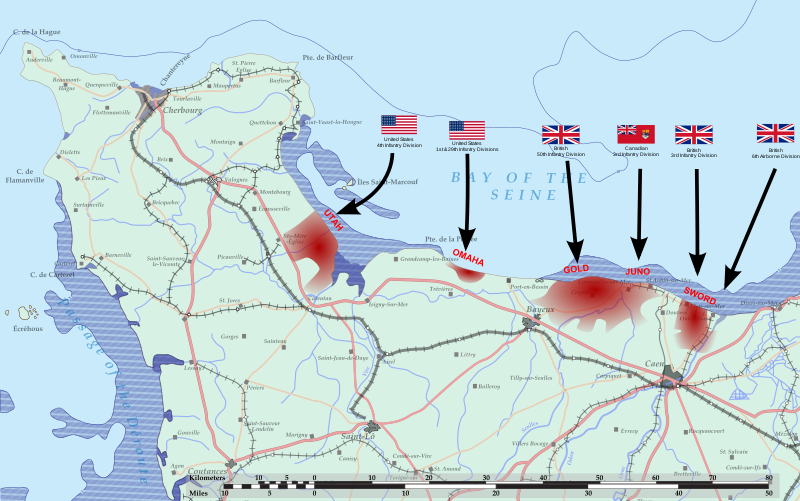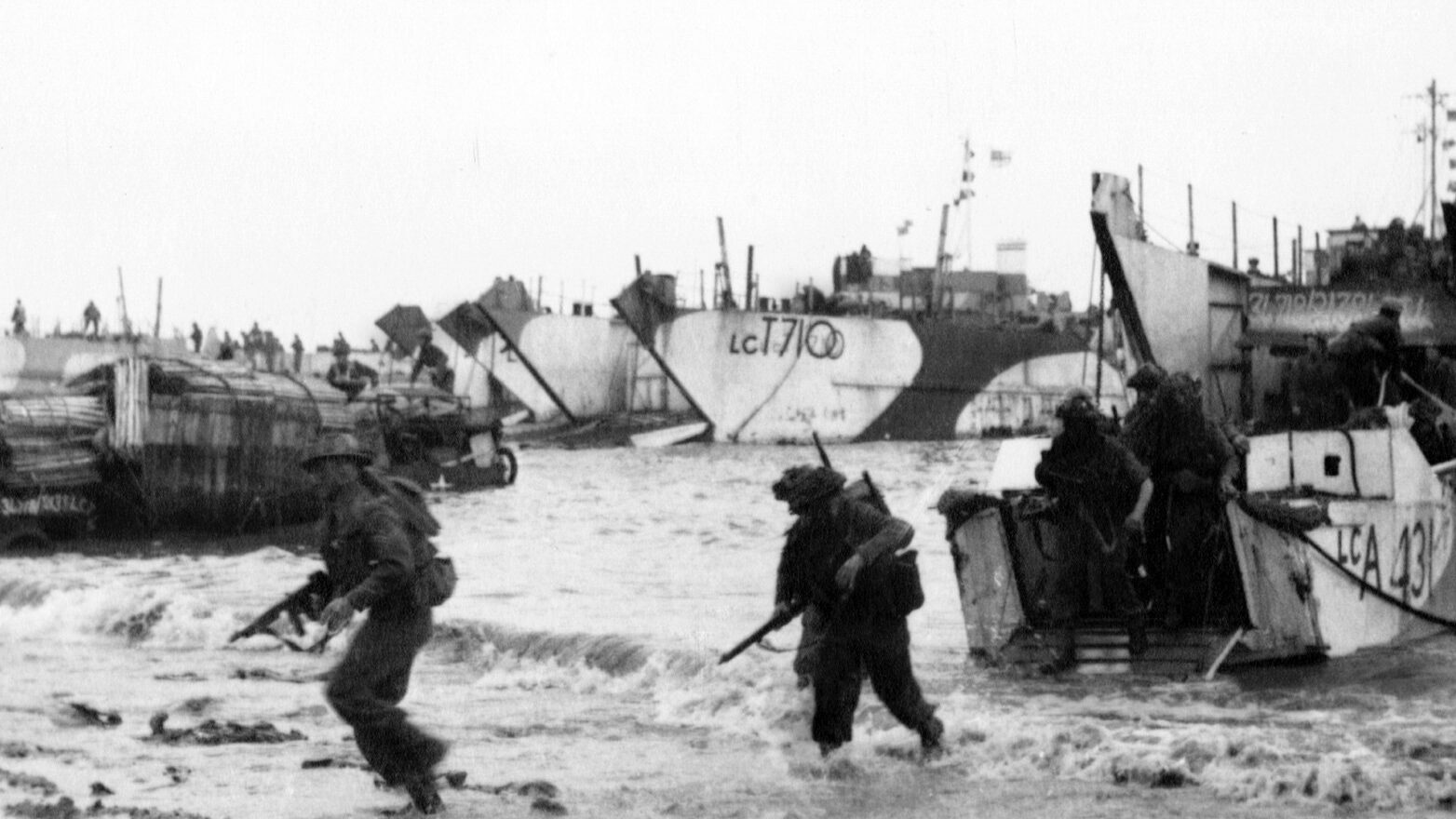D-Day 80
The D-Day landings remain one of the most monumental military endeavours in history. Part of ‘Operation Overlord’, the Allied invasion of Normandy during World War II, the storming of the Normandy beaches by allied troops on June 6th 1944 serves as a beacon of courage and sacrifice for generations to come.
As we commemorate the 80th anniversary of D-Day, we honour those who sacrificed for Europe’s liberation. The triumph of D-Day showcases the power of international alliances, as steadfast allies united against tyranny. The operation involved over 155,000 troops, 11,500 aircraft, and 6,900 naval vessels, assaulting five Normandy beachheads: Utah, Omaha, Gold, Juno, and Sword.

The D-Day landings were remarkable not just for their scale and the pre-preparation & training nor for the heroism and sacrifice on the day but also for the great lengths that had been taken to confuse the Germans as to where the actual landings would take place, with much subterfuge employed to make the Pas de Calais appear the expected location.

Copyright: © IWM
Similarly, the Allies employed remarkable ingenuity in addressing some of the logistical challenges that the landings would bring. This included the building of the two temporary portable harbours called Mulberry A and B, developed by the British Admiralty and War Office to facilitate the rapid offloading of cargo onto beaches during the invasion and until such time as suitable French ports could be captured.
PLUTO (Pipeline Under the Ocean or Pipeline Underwater Transportation of Oil) was the construction by British engineers, oil companies and the Armed Forces of submarine oil pipelines under the English Channel to support Operation Overlord. Of the Mulberry harbours, A which was destined for location off the US Omaha landing beach was badly damaged in a storm on 19 June and subsequently abandoned while Harbour B, located off the UK Gold landing beach, remained in service for 10 months, landing 2.5 million men, 500,000 vehicles, and 4 million tons of supplies. Parts of these artificial harbours can still be seen off Arromanches in France and in a few locations on the south coast of England, including in Portland harbour.

Copyright: © IWM.
There are many events being held across the UK, detail can be found here
These links give more information about D-Day
www.iwm.org.uk/history/d-day-explored
www.cwgc.org/our-work/blog/the-d-day-story-told-in-commonwealth-war-graves-cemeteries-memorials/
To honour D-Day’s 80th anniversary, you can choose to make a donation to Haig Housing Trust